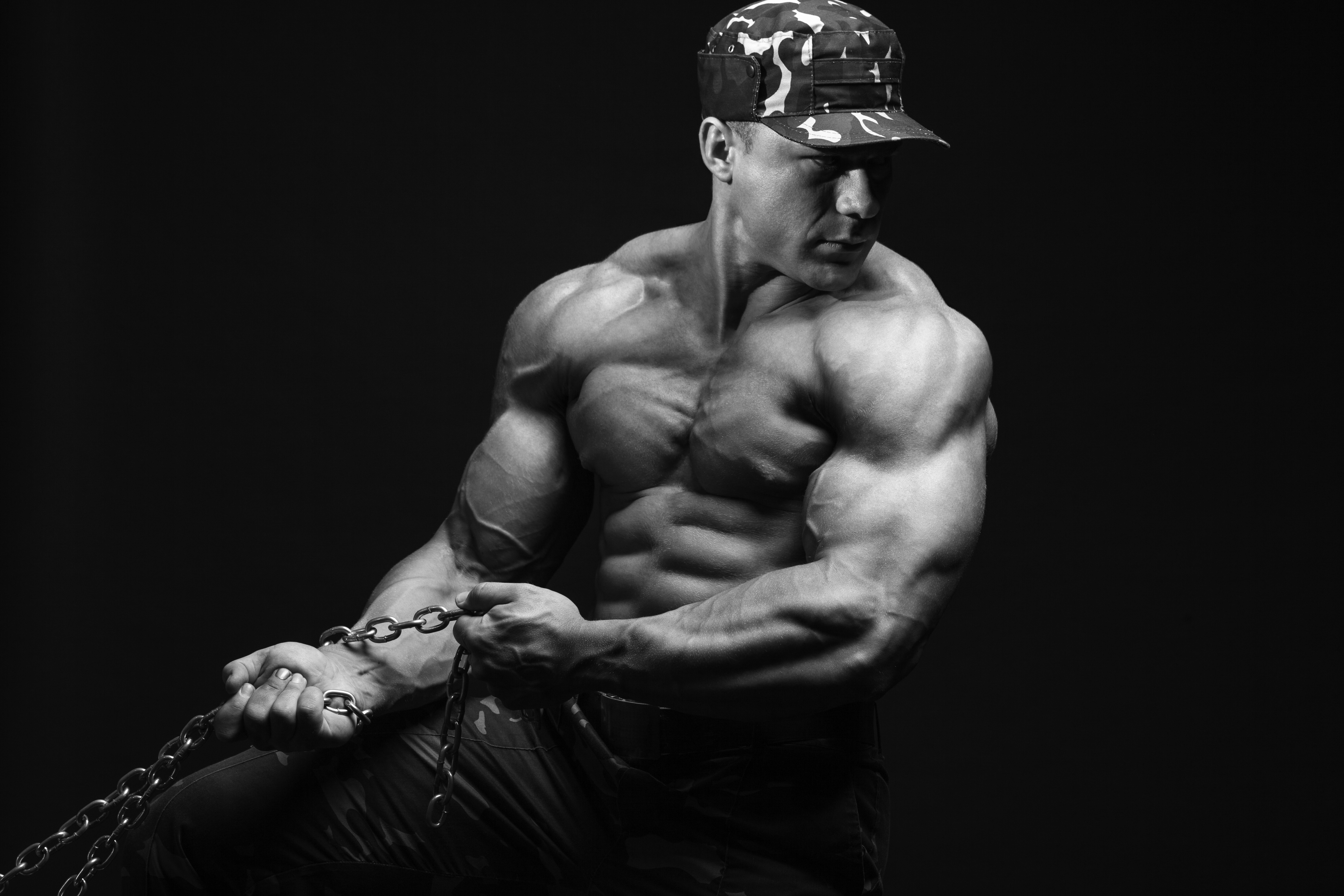
Q. I have difficulty working my shoulders effectively with my current shoulder workout. My shoulders do not seem to fail on over head presses, and my arms are left feeling more worked than the shoulders. I have been working out for a few months now and seen good progression, yet my shoulders are lacking somewhat. What would be considered a good shoulder workout, and are there any good general tips for training the shoulders?
A. Lets first look at the anatomy of the shoulders. The shoulder (deltoid) is composed of three muscle heads: the anterior (front), lateral/medial (side), and the posterior (rear) head. The shoulder is a complex joint and has many planes of motion, thus the fibres of the deltoids are recruited to varied degrees during various arm movements. Exercising each of the heads of the shoulder is achieved via a varied selection of exercises, ensuring each head is worked effectively.
The exercise choice and intensity will depend greatly on the whole training plan. The exercise choice, duration and intensity of the shoulder training will be different for a full body split compared to a body split training regime. If you are following a body split, and working out the shoulders on their own day, the following shoulder workout may prove effective:
Dumbbell lateral raises 8-12 reps x 4 sets
Seated dumbbell presses 8-12 reps x 4 sets
Bent over raises 8-12 reps x 3 sets
(It would also be recommended to supplement your training plan with rotator cuff exercises to avoid injury and ensure shoulder stability.)
The dumbbell lateral raise is placed at the beginning of the shoulder workout to pre-exhaust the medial deltoid head prior to the over head press. This should help with the problem of the arms over powering the pressing exercises, and the shoulders being left behind. By targeting the deltoids in an isolated manner with the lateral raises, we can directly tire them at the start of the shoulder workout. When it comes to the dumbbell press the shoulders will be tired and therefore will likely fail before the arms (and additional muscle groups).
The front deltoid head will get exercised from the pressing exercise, although an isolated front raise could be added to the workout if deemed suitable. The bent over raise is added to ensure the rear deltoid head receives some stress, which is often not the case with over head pressing and lateral raises, hence why they often become neglected from shoulder workouts which focus on these movements. An alternative would be to train the front deltoid head on chest day, by adding in a front raise at the end of the workout, and exercising the rear head on back day, by adding in a rear raise, row, or face pull. This would leave shoulders day free to focus on the side head, and overhead pressing.
As with all bodybuilding workouts and training plans – much is dependent upon the diet and lifestyle followed. Implementing a suitable workout plan is great, but there must be a correct dietary intake in place to optimise the muscle building process and progress. So it may be worth looking at this aspect of your training plan.